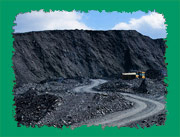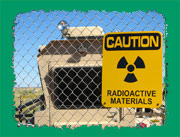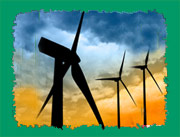What's Sustainable?Sustainability-SMART! Home
Energy and the Environment
No matter where your energy comes from, using it sustainably helps keep the environment healthy. This is because all energy production and use affects the environment. Here’s how:
-
Burning fossil fuels for energy to power our homes and run our vehicles releases pollutants into the air and adds CO2 emissions to the atmosphere. Because fossil fuels are found deep underground, mining and transporting them can cause air and water pollution and disrupt local ecosystems.
- Using nuclear power to generate electricity produces no CO2 emissions. However, the uranium that is used to create nuclear energy becomes more radioactive after it is used, and remains radioactive for thousands and thousands of years. It must be stored safely so it does not harm living things. Finding safe storage sites can be difficult.
-
Renewable energy sources such as biomass, wind power, solar power, and hydropower can be used to make electricity and are generally better for the environment, but also pose some challenges. For example, growing crops for electricity production (biomass) may reduce crops used as food for humans or livestock. Dams for hydropower can affect water quality, river flows, and fish migration. And wind turbines can harm flying birds.
When you use energy sustainably, you help control pollution, reduce CO2 emissions, and preserve our energy resources. You also help conserve other types of resources. It takes a tremendous amount of natural resources (like water, land, wood, and other building materials) to build a power plant. Saving energy delays the need for new power plants and helps conserve these resources for future generations.






